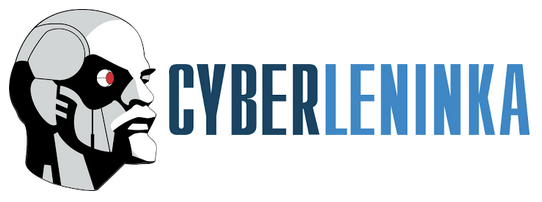RECOVERY THERAPY FOR CHILDREN WITH DISORDERS OF POSTURE ON THE BACKGROUND OF DYSPLASTIC CHANGES IN THE CONNECTIVE TISSUE
UDC 616.711-053.2-08:616-018.2
DOI:
https://doi.org/10.31684/25418475-2022-4-42Keywords:
dysplasia, rehabilitation therapy, children, educational schoolAbstract
The study reflects significant aspects of rehabilitation therapy in children with postural disorders against the background of dysplastic changes in the connective tissue.
Materials and methods. 90 patients took part in the work. 30 patients - the main group, 30 - the comparison group. 30 healthy children were included in the control group. The average age of patients at the time of observation was 5.5±0.46 years. In addition to the clinical examination, the examination schemes included stabilographic, radiological, electroneuromyographic methods.
Results. Approaches to rehabilitation therapy for patients of the main group helped to reduce the development of complications. Laboratory parameters have stabilized. There were no positive dynamics in the comparison group (p=0.024). Children in the comparison group noted a feeling of fatigue, pain in the thoracic-lumbar spine, poor muscle corset (p=0.233).
Conclusion. The proposed approaches in rehabilitation therapy for children with impaired posture against the background of dysplastic changes in the connective tissue should be used in the early stages of treatment. These schemes minimize the development of several spinal complications. For children with incorrect posture, who are at risk of the possible development of complications from the musculoskeletal system, we recommend treatment and prevention, rehabilitation programs, including classes in the pool, an educational school, an exercise therapy room.













